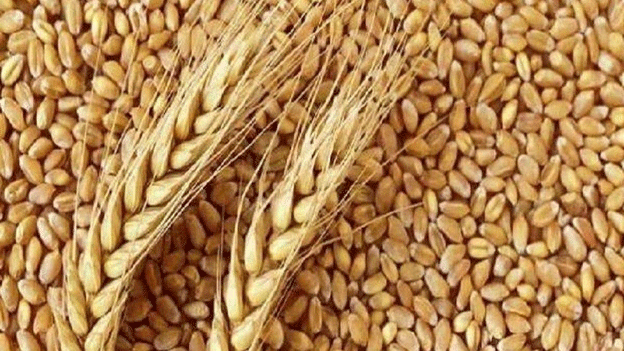Russia’s wheat outlook for 2025 has improved, with the Institute for Agricultural Market Studies (IKAR) increasing its forecast by 1.5 million tonnes, citing favorable overwintering conditions and a cool early spring that benefited winter wheat crops across key growing regions. According to IKAR’s Director Dmitry Rylko, the revised forecast range now stands at 78.5–82.5–86.5 million tonnes, up from the previous estimate of 77–81–85 million tonnes.
The southern regions of Russia, particularly Krasnodar Krai, Rostov Oblast, and Stavropol Krai, have reported strong winter wheat development, thanks to a combination of steady moisture availability during the winter and reduced stress during early spring. These regions account for a significant portion of Russia’s wheat output and are critical to the country’s export strength.
According to Rosstat, Russia harvested 92.8 million tonnes of wheat in 2023, marking one of the largest crops in its history. While 2025’s projected harvest is lower, it remains well above the five-year average and would continue to position Russia as the world’s top wheat exporter.
However, IKAR analysts have cautioned that two key weather-related threats could significantly impact final yields:
- Hot and dry weather during the key grain-filling phase could lead to lower kernel weight and reduced yields, particularly in central and southern Russia.
- A return of late spring frosts could damage flowering and early grain formation in both winter and spring wheat varieties.
Climate variability is becoming an increasing concern for Russian grain producers. According to the Russian Federal Hydrometeorology Center, the likelihood of extreme heat events during the growing season has doubled over the past 20 years. Meanwhile, abnormal cold snaps—especially in April and May—have become more erratic but equally destructive.
The wheat market’s sensitivity to Russia’s production figures is well known. As the country now supplies over 20% of global wheat exports, even moderate crop losses can result in global price fluctuations. In recent years, volatility in Russia’s grain production has been linked to export restrictions, price controls, and emergency weather interventions.
While Russia’s wheat outlook for 2025 remains optimistic, the road to harvest is far from certain. With climate risks looming—particularly heat and frost—farmers and policymakers must stay alert. Adaptive management, real-time weather monitoring, and stress-tolerant varieties may be essential tools to safeguard yields in the face of growing climate unpredictability.
Error




